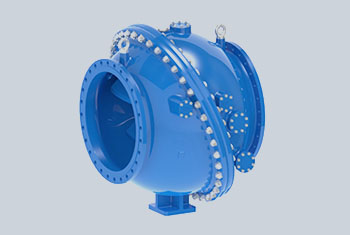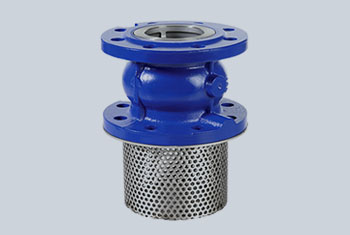Check Valves
Product Overview
Check valves (also known as Non-Return Valve – NRV or one-way valve) allow unidirectional fluid flow. Check valves work automatically. Commonly available types have a small spring that closes the valve, and a medium pressure in the forward direction opens the valve. Minimum pressure is always required to open the valve. They are commonly installed in applications to prevent backflow. They are also used where backflow will cause damage to equipment upstream that can only allow media to flow in one direction. For example, a RO filter will pass the water in only one direction. Hence it will have a check valve downstream. Check valves are available in various sizes, designs, and materials. Since they are also NRVs, they are cheap, effective, and easy to use.
Selection Criteria

Types
Plastic Check Valves: The housing of these valves is made of plastic, which is a cost-effective alternative.
Brass Check Valves: Brass check valves have excellent properties, suitable for applications using air, water, oil, or fuels. However, it is not resistant to seawater, purified water, or chlorinated water. They are less resistant to heat and corrosion when compared to SS and are typically used for smaller applications with low pressure.
Stainless Steel Check Valves: Stainless check valves have superior corrosion resistance, heat resistance, low-temperature resistance, and excellent mechanical properties. SS is typically suitable for applications that require high durability or resistance.
PVC (Poly-Vinyl Chloride) Check Valves: PVC check valves are frequently used in irrigation and water management systems. They provide good corrosion resistance to seawater, acids, bases, chloride solutions, and organic solvents. However, they are not resistant to aromatic and chlorinated hydrocarbons.
Poly-Propylene (PP) Check Valves: Polypropylene check valves are used for water, aggressive media, and liquid food products. They are resistant to inorganic acids, bases, and aqueous solutions that rapidly corrode metals. However, they are not immune to concentrated acids and oxidizing agents.
Applications
Due to their function, they are used in almost every industry. They are used on common household appliances, like dishwashers, washing machines, and wastewater lines. They are used on boilers, furnaces, gas systems, pumping applications, or vacuum systems for industrial purposes. They are also frequently used on water and CO2 lines as aquarium check valves.
Types of Check Valves

Wafer Type Check Valves
View Details
Reflux Valve Single Door
View Details
Reflux Valve Multi Door
View Details
Forged Steel Check Valve
View Details
Foot Valve
View Details
